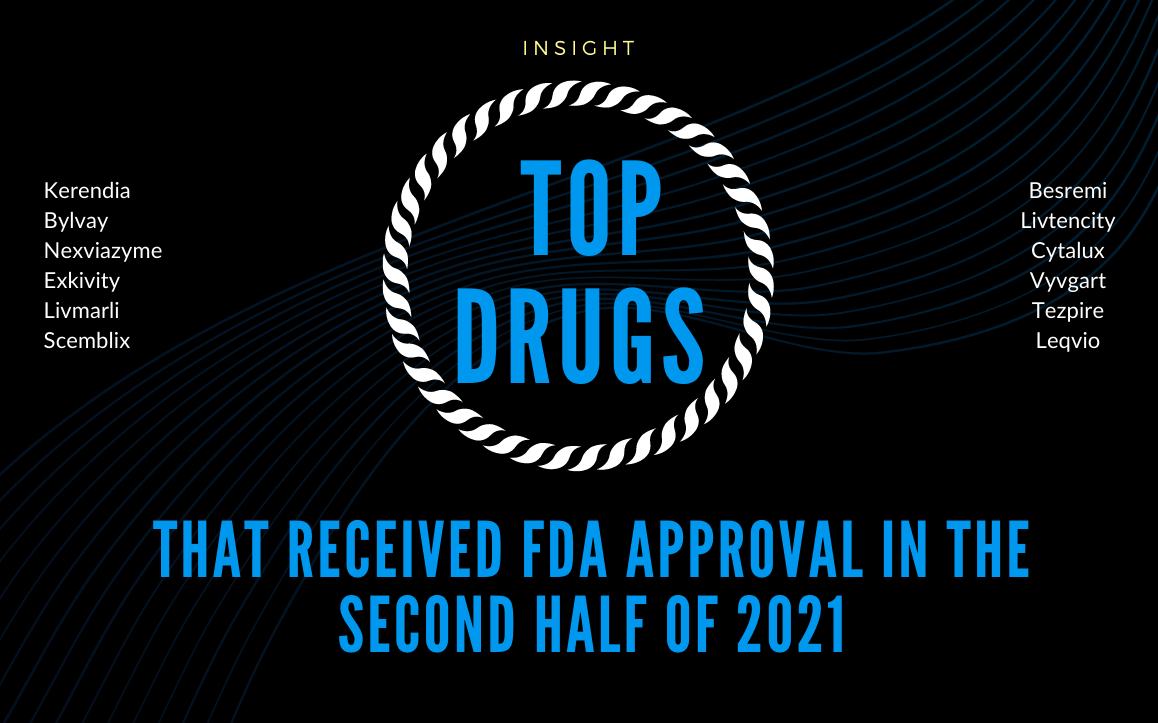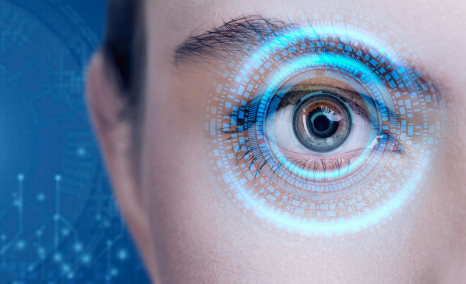Alagille syndrome (ALGS), also referred to as Alagille–Watson syndrome, is a rare autosomal dominant condition. Mutation in JAG1 or NOTCH2 gene causes the condition to occur, but most of the individuals’ mutation in the JAG1 gene is noted. The symptoms vary in patients, and the severity of the disease ranges from mild to severe. The body’s multiple organ systems like heart, liver, kidneys, skeleton, and eyes can get affected. The characteristics include bile duct paucity, i.e., the number of bile ducts within the liver getting reduced, cholestasis, pruritis, jaundice, etc. The disease is rare, with a noted occurrence of 1 case in 30,000 children. According to the analysis by Delveinsight, the total ALGS prevalent cases associated in the 7MM (the US, EU5 (the UK, France, Italy, Spain and Germany) and Japan) countries was 17,682 in 2020.
ALGS diagnosis is enormously complex. Although it being a congenital disorder, most of the time, its diagnosis is made later during childhood. Several patients may even stay undiagnosed, resulting in severe consequences in future. The complexity of the process is the result of varying severity of the condition among the patients. Also, genetic testing is unable to disclose mutation in either JAG1 or NOTCH2 gene in some patients. Therefore it is commanding to recognize suitable biomarkers to efficiently diagnose the disease on time as it may result in alarming consequences in later life.
Due to insufficient research and development and scarcity of available information and data of this rare indiction, as mentioned earlier, biomarkers have not been identified. Also, not much evolution has been made to improve therapies to help challenge the primary cause of the disease. The result is that the current Alagille syndrome treatment market is symptomatic and palliative in nature, failing to address the fundamental genetic cause of the condition. The primary aim of present drugs is to improve the excretion of bile from the liver, mend nutritional deficiencies, and diminish pain instigated by the syndrome. For hepatic manifestation, choleretic agents are used, for itch drugs comprise ursodeoxycholic acid, cholestyramine, rifampin, or naltrexone. Dietary supplements of vitamins A, D, E and K, and zinc accompany the present treatment. Opioid antagonists, Phenobarbital, Colesevelam, Antihistamines, and cholestyramine are also present in the treatment paradigm.
With the rare disease status been awarded to the Alagille syndrome by the Orphanet and the NORD, low consumer base, there is a massive challenge for any company searching for a remedy of the disease and planning to bring the drug in the ALGS market. It means a minimal market size for the company targeting the primary genetic cause of the syndrome.
Though rare disease, several market players are struggling to find the indicative treatment for the disease. GlaxoSmithKline, Mirum Pharmaceuticals (Maralixibat), and Albireo Pharma (Odevixibat) have their drugs in the late stage of clinical development. These drugs help restore normal enterohepatic circulation. Also, it is rough for any new player wanting to enter the Alagille Syndrome market unless their drug can help solve the limitations associated with current and emerging drugs.
However, numerous unmet needs associated with ALGS patients are there that need serious attention. Patients need holistic care, including diagnostic tools, biomarkers, and therapies addressing the primary genetic cause of the disease. Several challenges are there that needs to be overcome, including the rarity of the disease and scarcity of information and research in the field.



